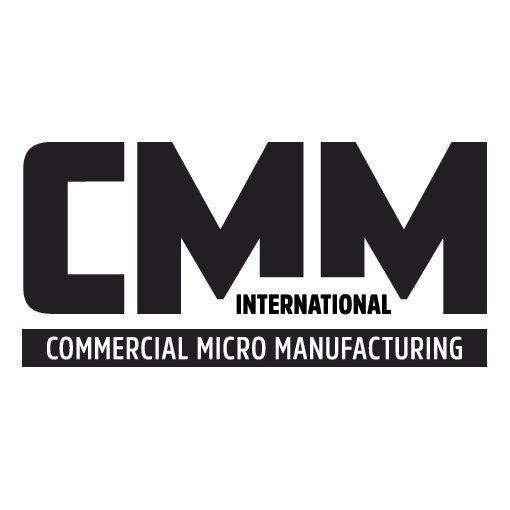Julio Aleman, a Bioengineering PhD student at the US-based Swanson School of Engineering, University of Pittsburgh, is conducting research into microphysiological systems. Like many researchers in his field, Aleman required microwell arrays that had individual wells of a specific size, shape and density. The microwell arrays that he needed would serve as master moulds for replicate moulds used in the micro-injection moulding of hydrogels.
Traditionally, photolithography is most often used to produce microwell master moulds. The material of choice is usually polydimethylsiloxane (PDMS), a biocompatible silicone. First, spin coating is used to deposit a negative photoresist on a wafer to establish mould thickness and microwell depth. Then, photopatterning is achieved via light exposure through specialised, high-resolution masks and finalised by chemical development. Lastly, replicas of the master mould are produced by casting pre-polymers over the negative template and polymerising them by thermal curing.
Injection moulding is also used to produce microwell master moulds, but the tooling is expensive and time-consuming to produce.
Typically, the photolithography and injection moulding processes require specialised cleanroom facilities and equipment for the production of master moulds and masks.

